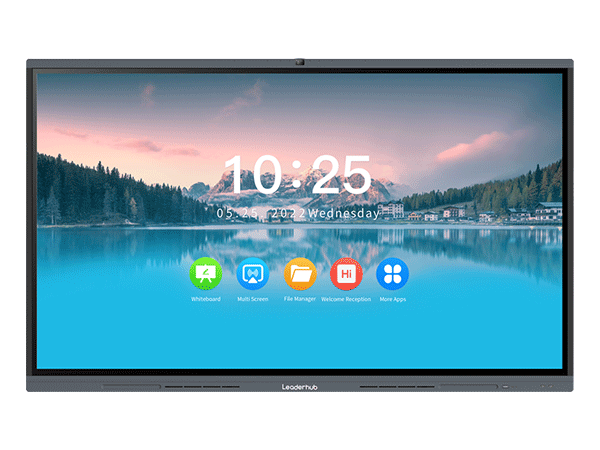Empowering Teachers in the Effective Use of Classroom Interactive Whiteboards

In today's digital era, classroom interactive whiteboards have emerged as powerful educational tools. However, many teachers find themselves facing confusion and challenges when integrating these interactive whiteboards into their instructional practices. This article aims to address these concerns, offering practical solutions and insights for teachers to make the most of this technology and enhance their teaching effectiveness.
The Importance of Proper Training
One major hurdle teachers face when using interactive whiteboards is a lack of proper training. Without adequate guidance, teachers may struggle to understand the features and functionalities of the whiteboard, which can hinder their ability to effectively utilize them in the classroom.
To overcome this challenge, it is crucial for schools or districts to provide comprehensive training programs for teachers. These programs should cover not only the technical aspects of operating the whiteboard but also instructional strategies that maximize its potential. Training sessions can include hands-on workshops, peer collaboration, and online resources to ensure teachers gain a deep understanding of the interactive whiteboard's capabilities.
Utilizing Interactive Whiteboard Software
Interactive whiteboards come equipped with intuitive software that enhances teaching and learning experiences. However, teachers often face confusion when trying to navigate and exploit the full potential of this software.
One solution is for teachers to dedicate time for self-exploration and experimentation with the software. By actively engaging with the various features, such as creating interactive lessons, incorporating multimedia elements, and utilizing assessment tools, teachers can gradually gain proficiency and discover innovative ways to engage their students.
Additionally, teachers can benefit from attending workshops or webinars hosted by educational technology experts, where they can learn advanced techniques and strategies for leveraging the interactive whiteboard software for targeted instruction. Collaborating with colleagues who have successfully integrated the technology can also provide valuable insights and troubleshooting tips.
Collaborative Learning Communities
Teachers often feel at a loss when it comes to implementing collaborative activities on interactive whiteboards. However, collaborative learning experiences can greatly enhance student engagement and foster a sense of teamwork in the classroom.
To solve this confusion, teachers can actively participate in professional learning communities (PLCs) or forums dedicated to interactive whiteboard usage. These communities provide a platform for teachers to share lesson ideas, successful strategies, and troubleshoot challenges they face during collaborative activities. By engaging in these communities, teachers can tap into a wealth of collective knowledge and build a supportive network of colleagues.
Moreover, schools can organize PLC meetings or facilitate collaboration time during staff development days, allowing teachers to collaborate and exchange ideas in person. These opportunities for peer collaboration foster a sense of camaraderie and provide a safe space for teachers to learn from one another.
Conclusion
As classroom interactive whiteboards continue to revolutionize education, it is essential for teachers to embrace these technologies and overcome their confusion. By investing in comprehensive training, exploring the software's capabilities, and fostering collaborative learning communities, teachers can unlock the true potential of interactive whiteboards and create engaging, interactive, and meaningful learning experiences for their students.

